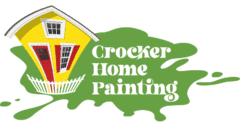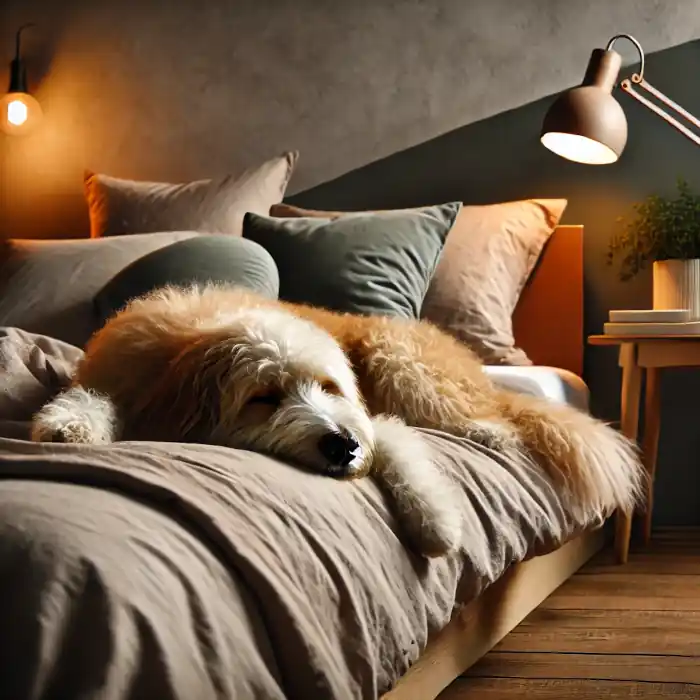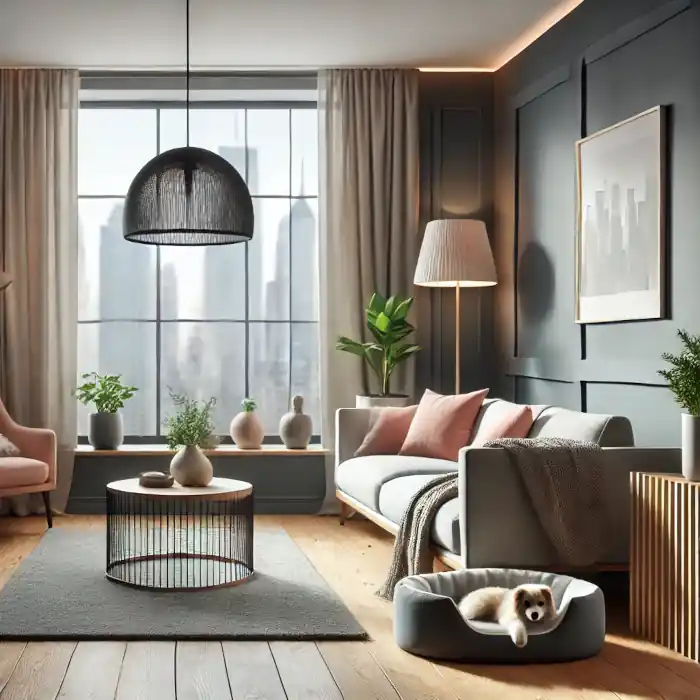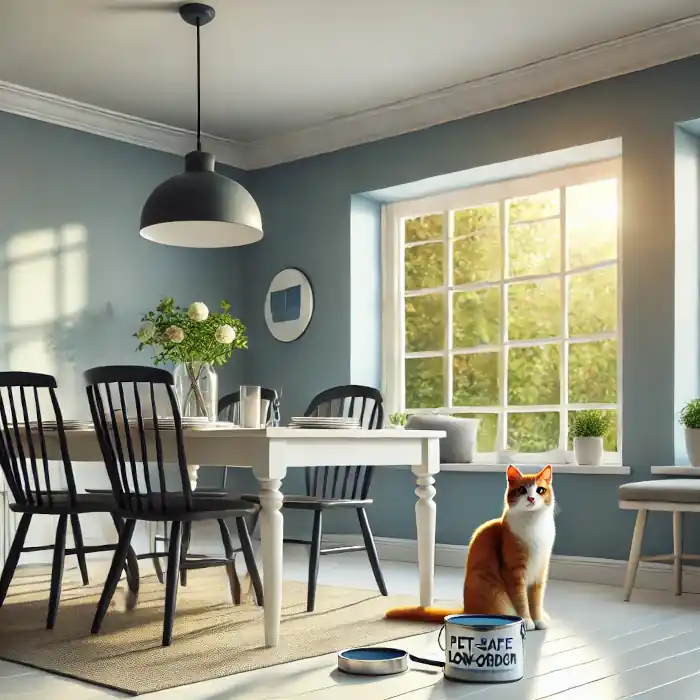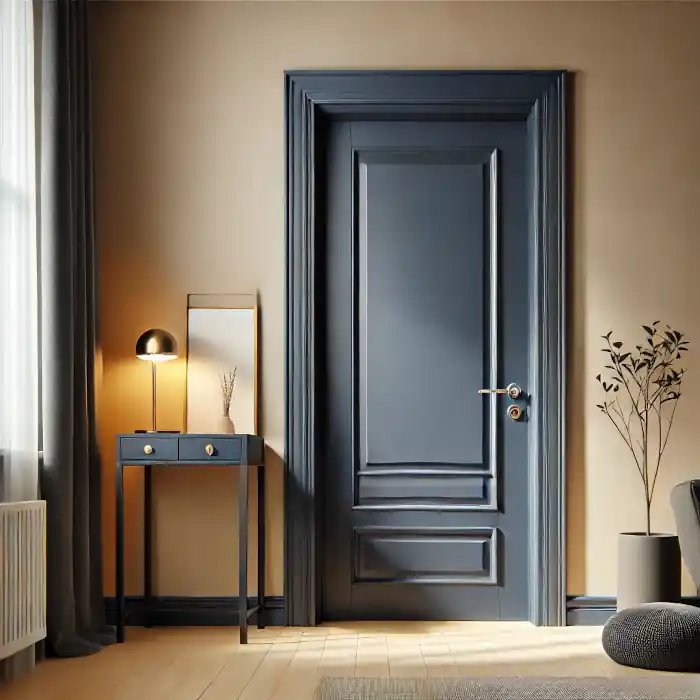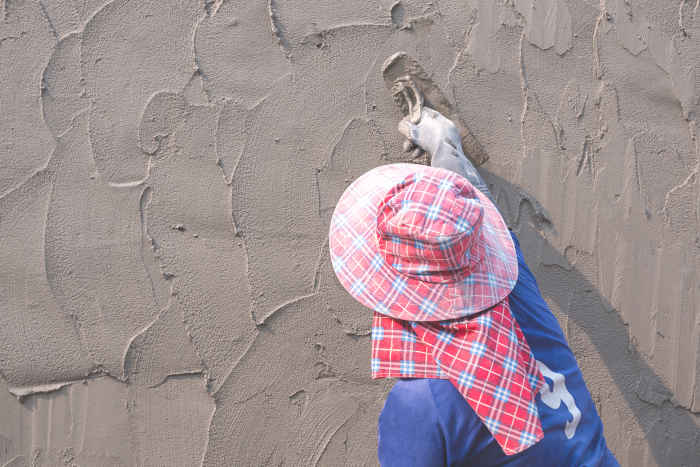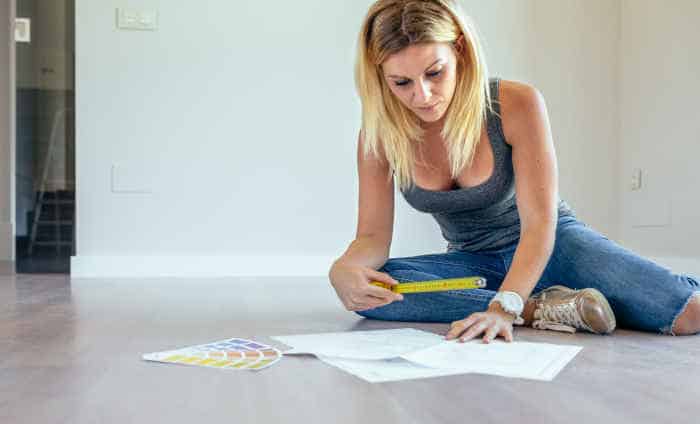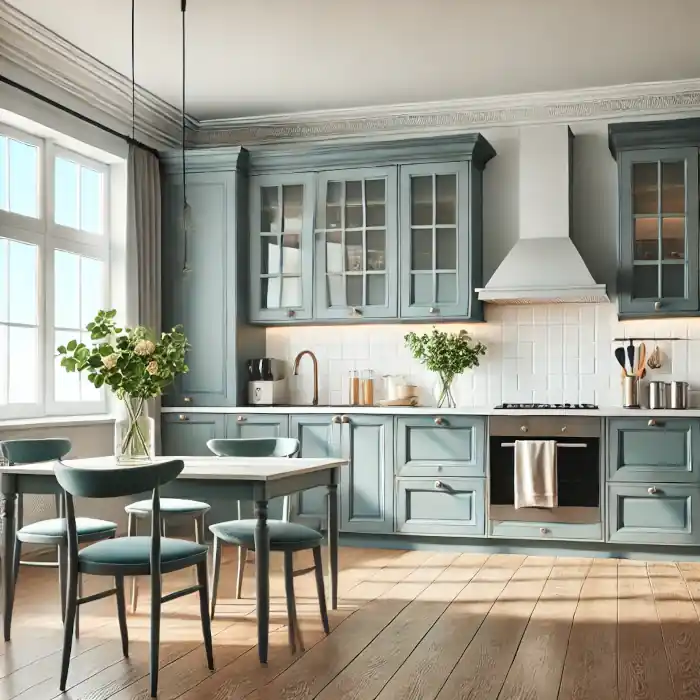As an Amazon Associate, I earn from qualifying purchases. Privacy Policy / Terms
Renovating your home can be exciting, but if you have pets, it also comes with added concerns. The strong odors, chemicals, and fumes from painting rooms can pose risks to dogs, cats, and other household pets. Fortunately, there are ways to keep your furry companions safe while still achieving a beautiful, fresh look for your home.
This guide will explore safe paint options, potential hazards, and essential tips for painting when you have pets in the house.
Why Regular Paints Can Be Harmful to Pets
Traditional paints contain volatile organic compounds (VOCs), which release gases into the air as the paint dries. These fumes can cause respiratory irritation, nausea, dizziness, and even long-term health problems in both humans and pets. Since animals have a heightened sense of smell, they may be more sensitive to these chemicals than people.
Some common toxic ingredients in standard paints include:
- Formaldehyde: A known carcinogen that can cause irritation and breathing difficulties.
- Benzene: Found in some paints and linked to blood disorders.
- Toluene: A solvent that affects the nervous system.
- Heavy Metals: Lead, mercury, and cadmium can be toxic if ingested or inhaled.
What to Look for in Pet-Safe Paints
If you’re planning to paint your home and have pets, consider using paints that minimize or eliminate harmful chemicals. Look for these key features:
- Low or Zero VOCs
- Low-VOC or VOC-free paints release fewer chemicals into the air, reducing the risk of irritation for pets and humans alike.
- Water-Based Formulas
- Water-based (latex or acrylic) paints are safer than oil-based paints, which contain harsher solvents.
- Non-Toxic Certification
- Look for certifications such as Green Seal, Greenguard Gold, or labels that indicate the paint is free from harmful additives.
- Odor-Free or Low-Odor Paints
- Strong fumes can linger for days, so choosing a paint that is low in odor will make the space more comfortable for your pets.
- Natural or Eco-Friendly Paints
- Some brands offer plant-based or mineral-based paints that are free from synthetic chemicals.
Best Pet-Safe Paint Brands
To help you get started, here are some reputable pet-friendly paint brands:
- Clare Paint: A zero-VOC, Greenguard Gold-certified paint with high durability.
- ECOS Paints: Non-toxic, zero-VOC, and free from harsh chemicals.
- Benjamin Moore Natura: An eco-friendly, low-odor paint designed with health in mind.
- Sherwin-Williams Harmony: A VOC-free formula with added odor-reducing technology.
- BioShield Paints: A natural, plant-based paint ideal for those seeking the safest option.
Tips for Painting Safely with Pets in the Home
Even when using pet-friendly paint, it’s still essential to take precautions to ensure your pets are safe and comfortable throughout the process.
1. Keep Pets Out of the Room
Even non-toxic paints can cause irritation if ingested or inhaled in high concentrations. It’s best to keep pets in another area of the home while painting and drying takes place.
2. Ensure Proper Ventilation
Open windows, use fans, and create airflow to help disperse any lingering fumes. Even low-VOC paints can have some residual smell that may be bothersome to pets.
3. Cover Floors and Furniture
Pets may be curious about the new smells and textures, so covering surfaces helps prevent them from walking through wet paint or ingesting any harmful substances.
4. Secure Paint and Supplies
Keep paint cans, brushes, and other supplies out of reach. Pets may try to chew on paint stirrers or step in paint trays, which can lead to accidental ingestion or messy clean-ups.
5. Choose Quick-Drying Paints
Opt for paints with fast drying times to minimize the amount of time your pet is exposed to potential fumes.
6. Monitor Your Pet’s Behavior
If your pet shows signs of respiratory distress, excessive sneezing, drooling, or unusual lethargy after painting, contact your veterinarian immediately.
7. Wash Off Any Paint on Fur or Paws Immediately
If your pet does come into contact with wet paint, use mild soap and water to clean their paws or fur before they lick it off.
8. Use Natural Cleaning Solutions
After painting, avoid using harsh chemical cleaners to remove paint splatters. Instead, use pet-safe cleaning alternatives like vinegar and baking soda.
Best Rooms to Start With When Painting Around Pets
If you have multiple rooms to paint, it’s a good idea to start in areas that are easiest to block off from pets. Consider painting:
- Guest rooms or bathrooms first, so you can test how your pet reacts.
- Rooms that have good ventilation and multiple windows.
- Spaces where pets spend the least amount of time.
Alternative Ways to Keep Your Pet Comfortable During Painting
If you can’t remove your pet from the home during painting, try these alternatives:
- Set up a “safe room” in another part of the house with their bed, food, and toys.
- Use a pet-friendly air purifier to help reduce any lingering airborne particles.
- Take your pet on a trip to a friend’s house, daycare, or outdoor activity during painting days.
- Create a calm environment with soft music or pheromone diffusers to reduce stress.
Final Thoughts: Prioritize Your Pet’s Health While Refreshing Your Home
Painting your home doesn’t have to be a stressful experience for your pets. By choosing non-toxic, low-VOC paints and following the right precautions, you can create a safe, fresh environment without putting your furry friends at risk.
Always do your research, invest in high-quality pet-friendly paint, and take steps to ensure your pet’s comfort and safety. With the right approach, you can enjoy a beautifully painted home and peace of mind knowing your pet is safe from harmful chemicals.
Views Expressed Disclaimer
The views, opinions, and information presented in this article are for informational purposes only and do not necessarily reflect the official policies or positions of Crocker Home Painting Company. While every effort has been made to ensure accuracy, Crocker Home Painting Company is not liable for any errors, omissions, or decisions made based on the content provided. Readers are encouraged to consult professionals for specific advice or assistance related to their unique circumstances.
